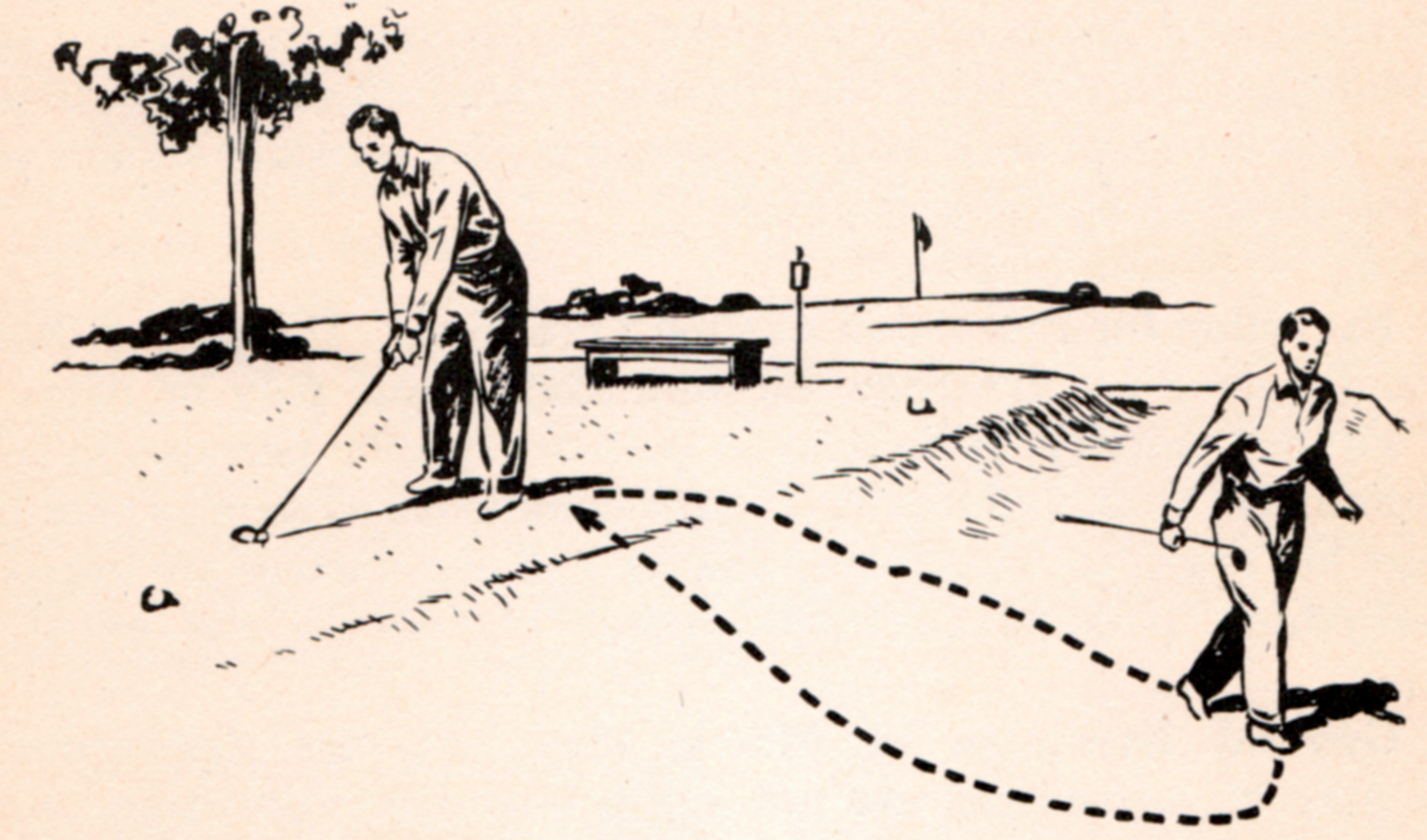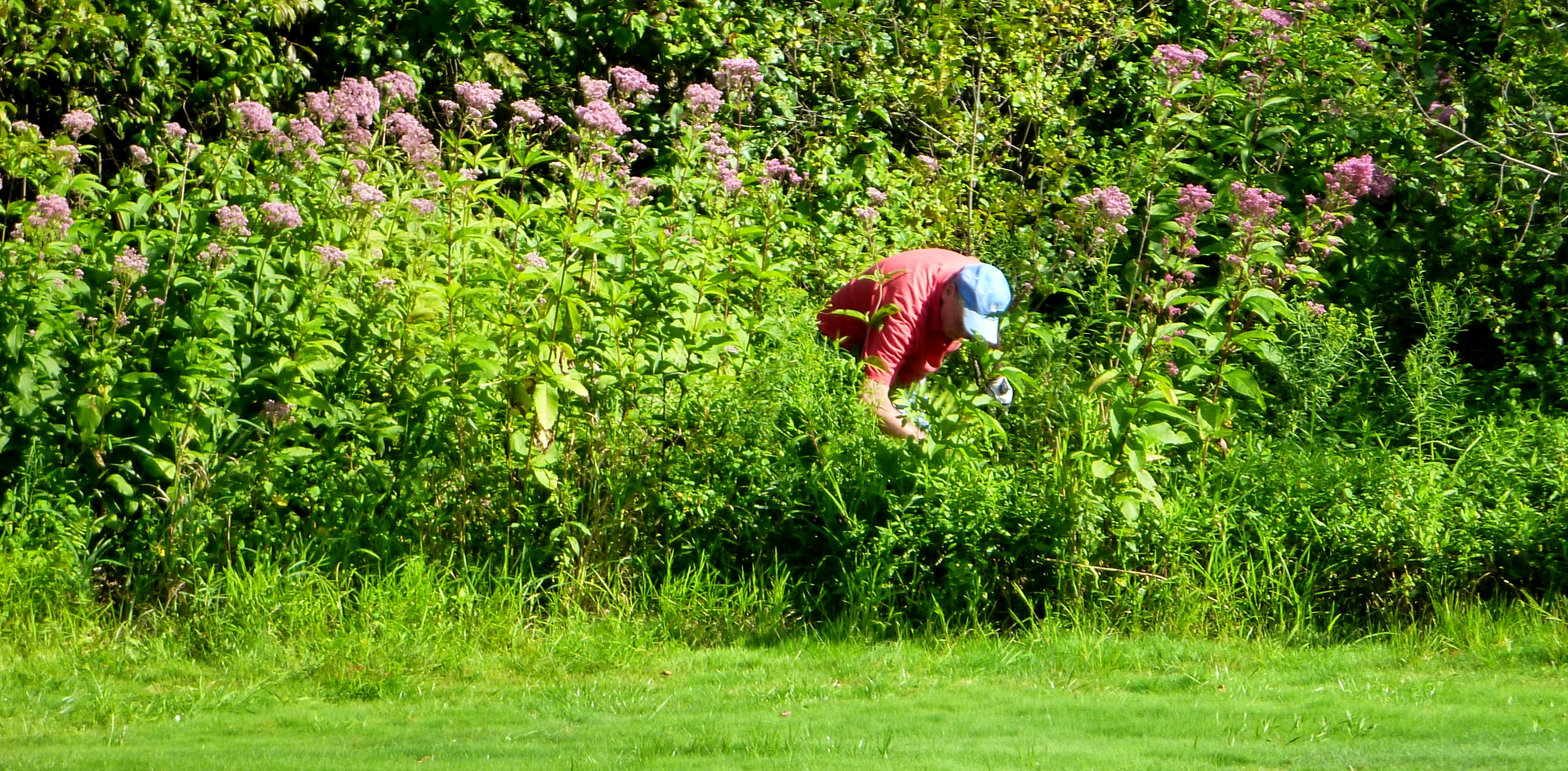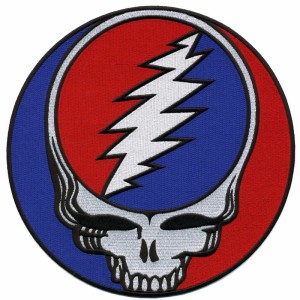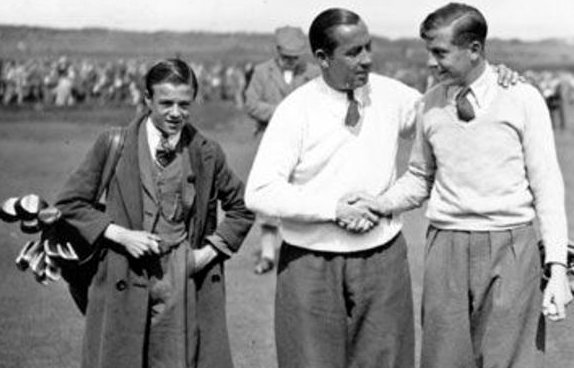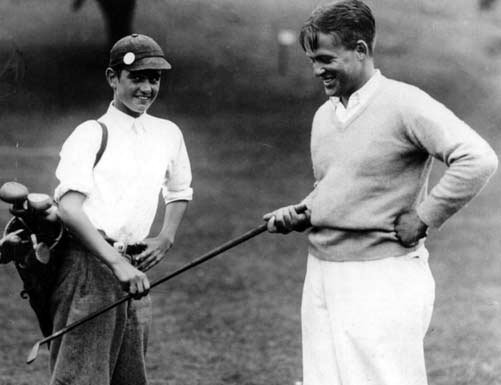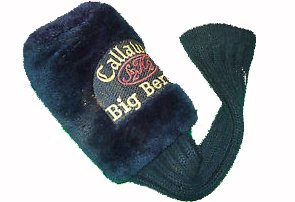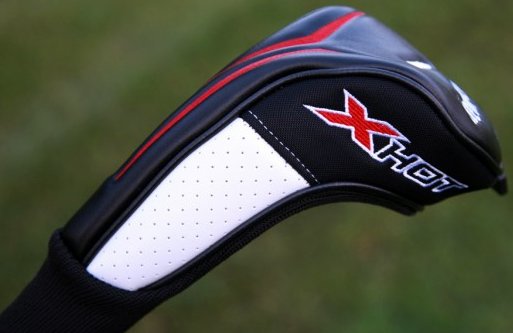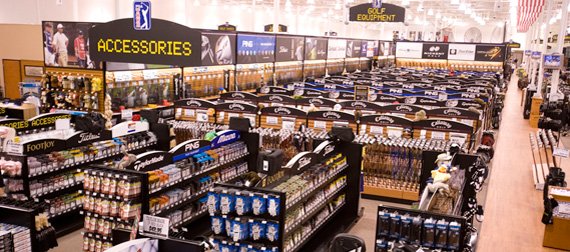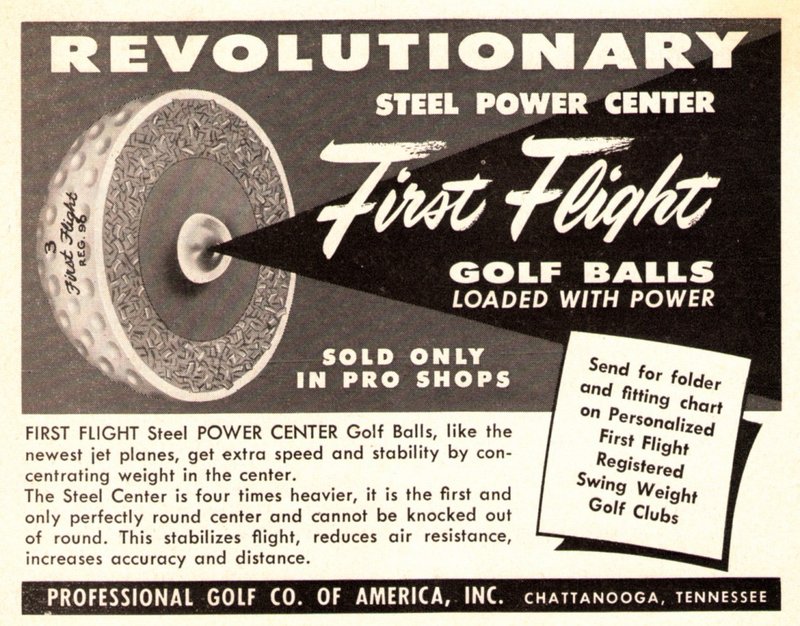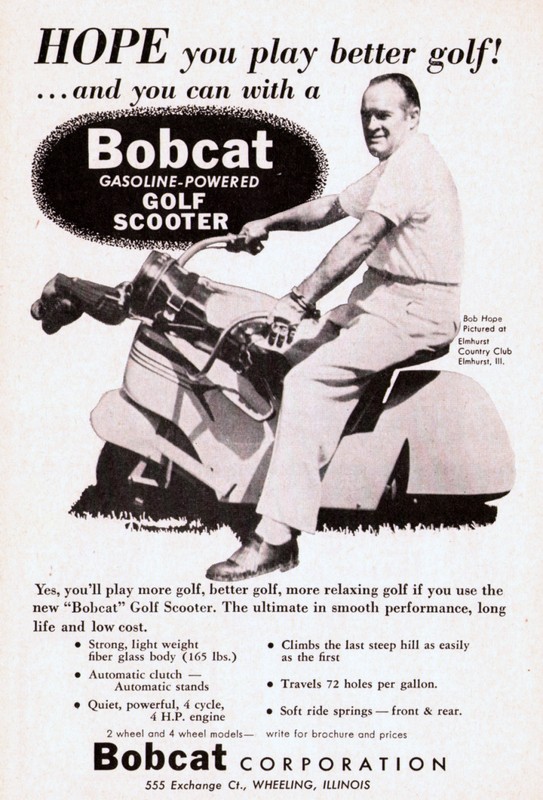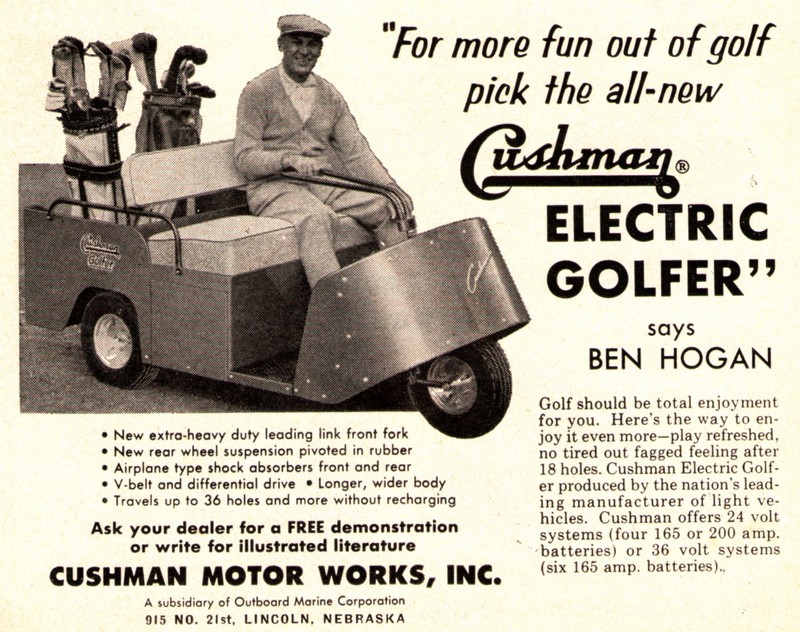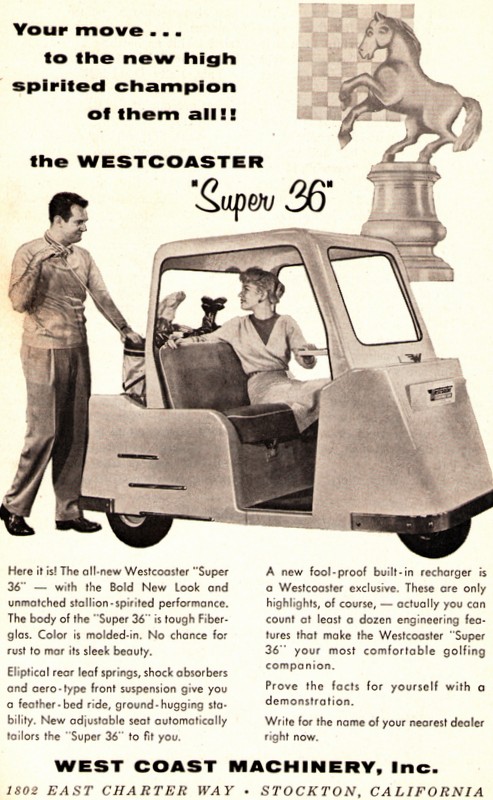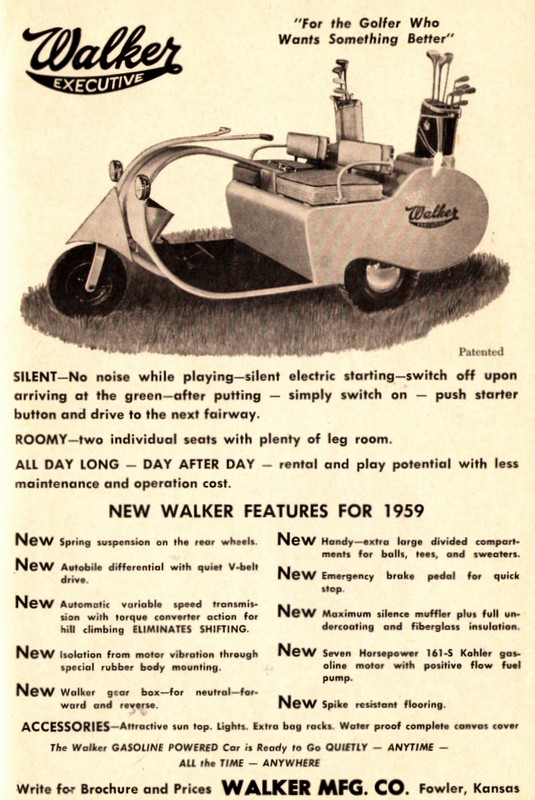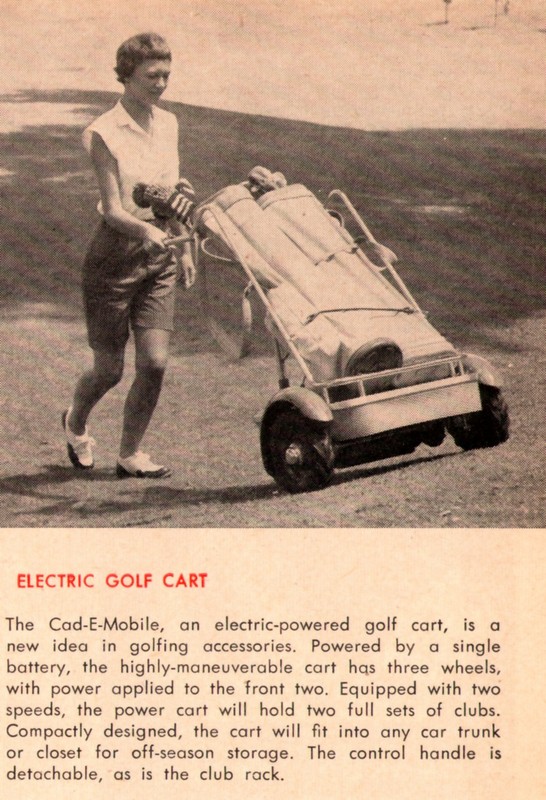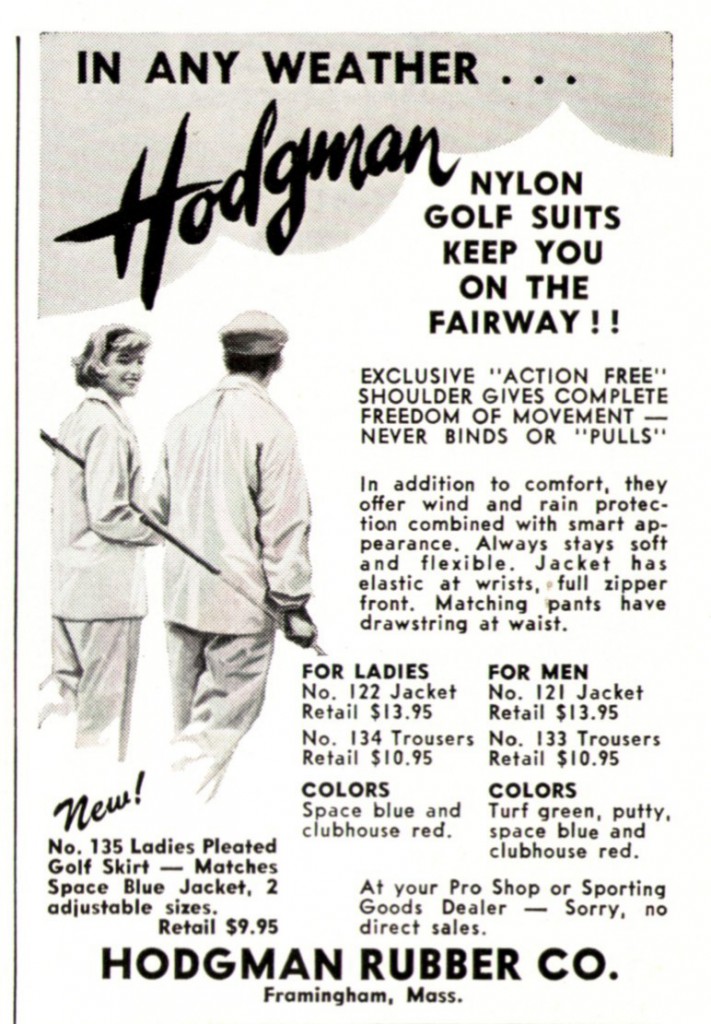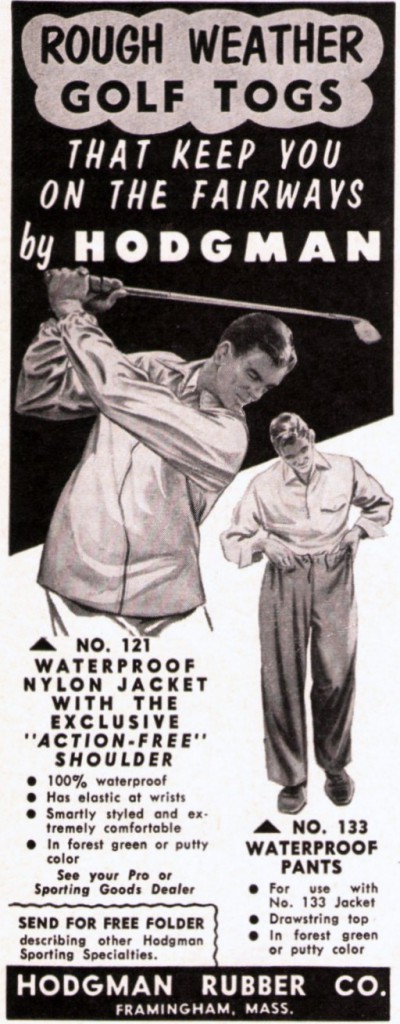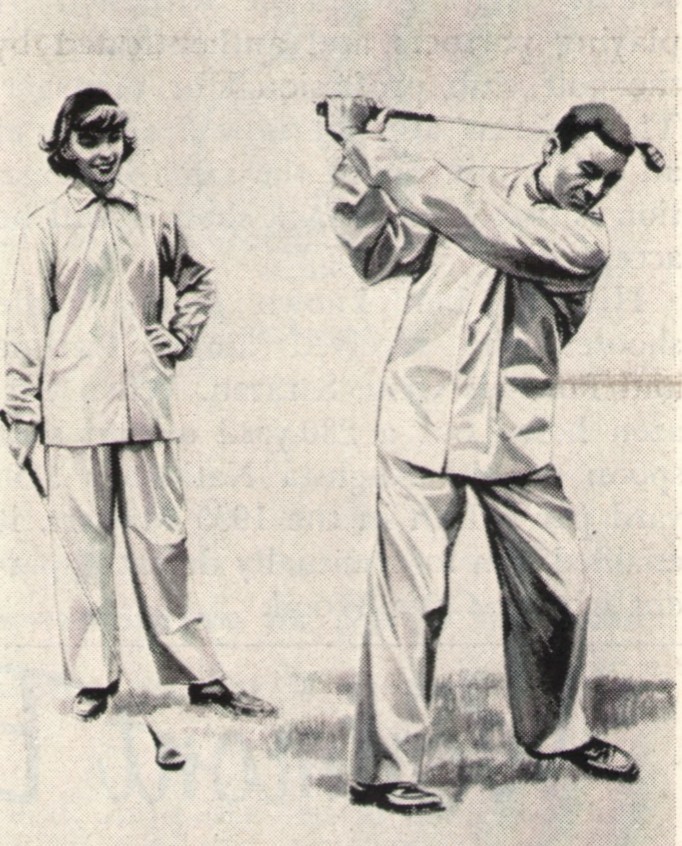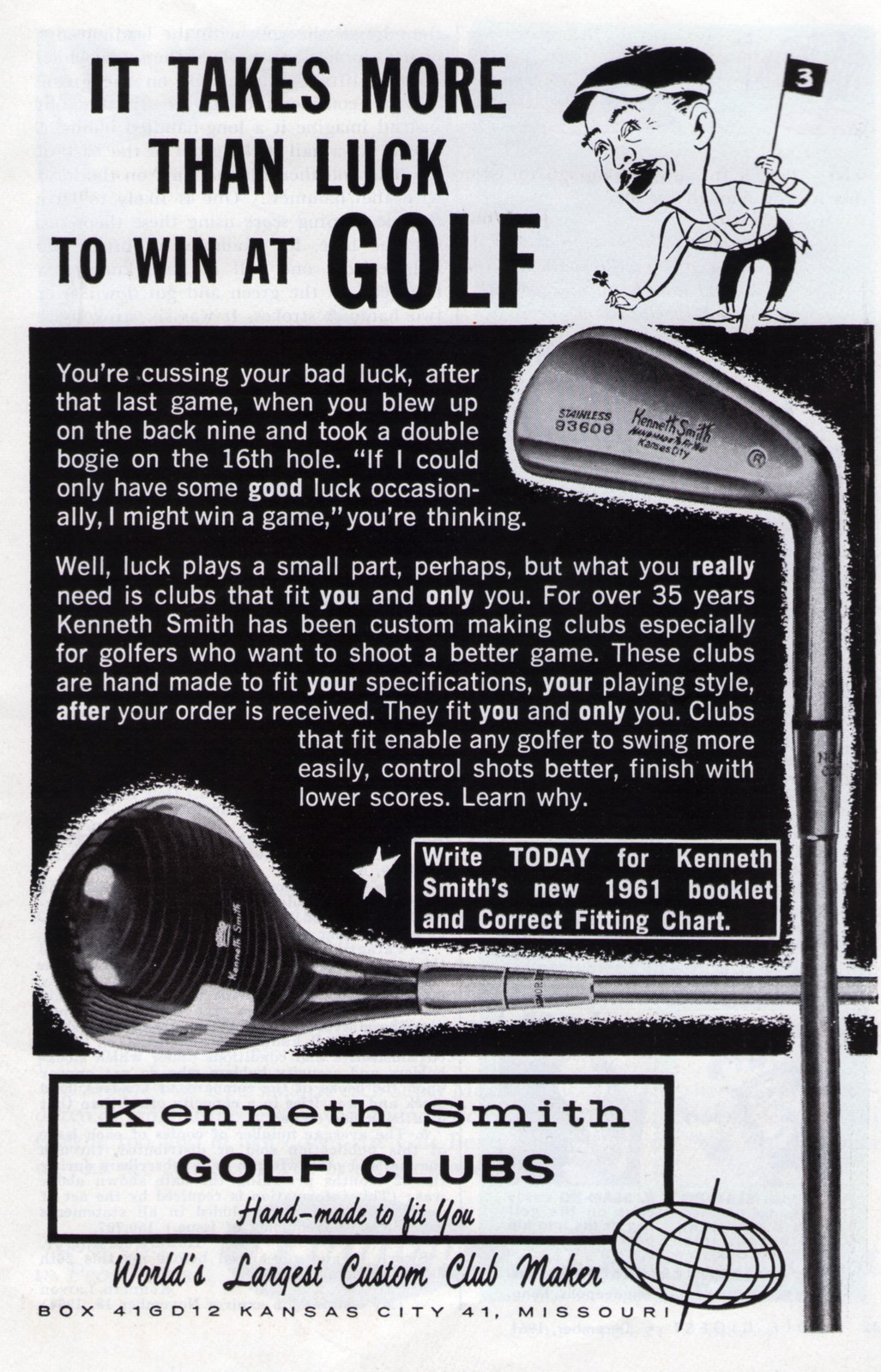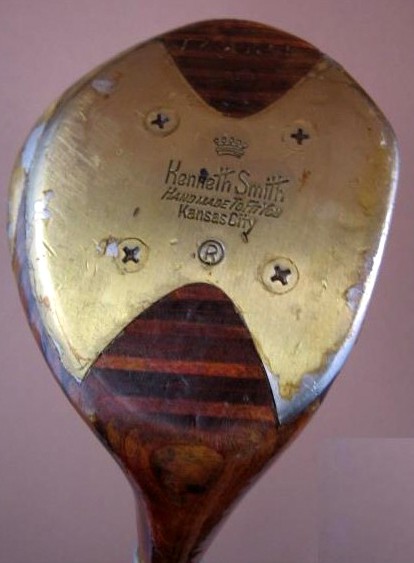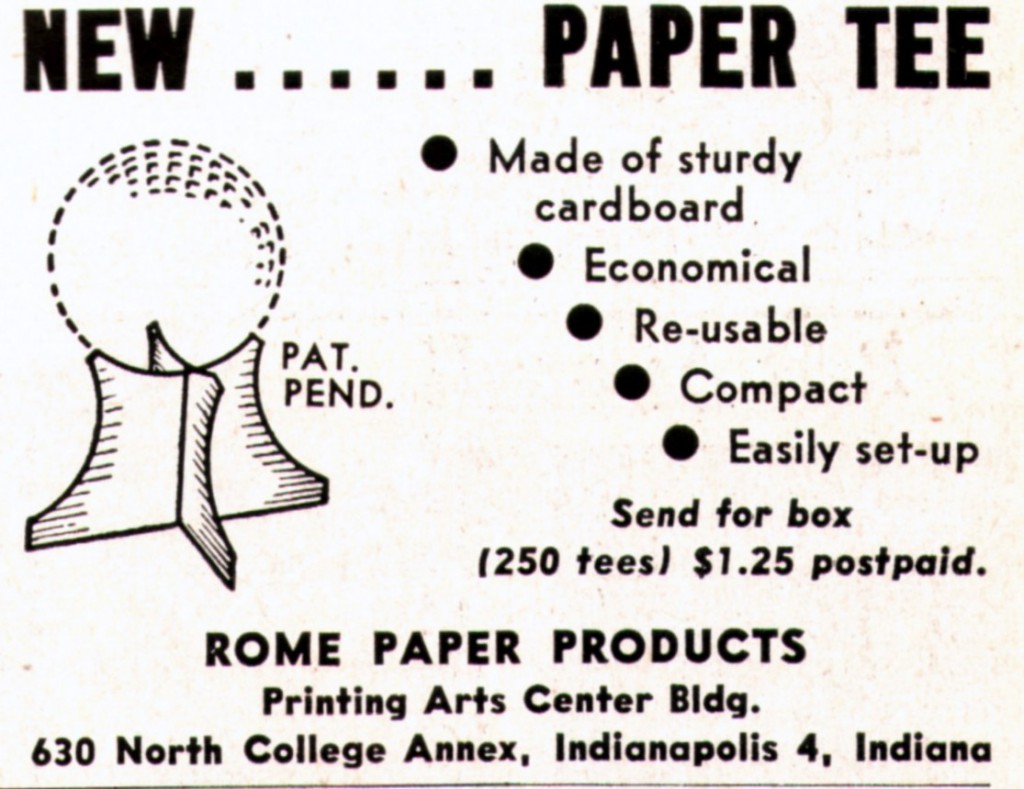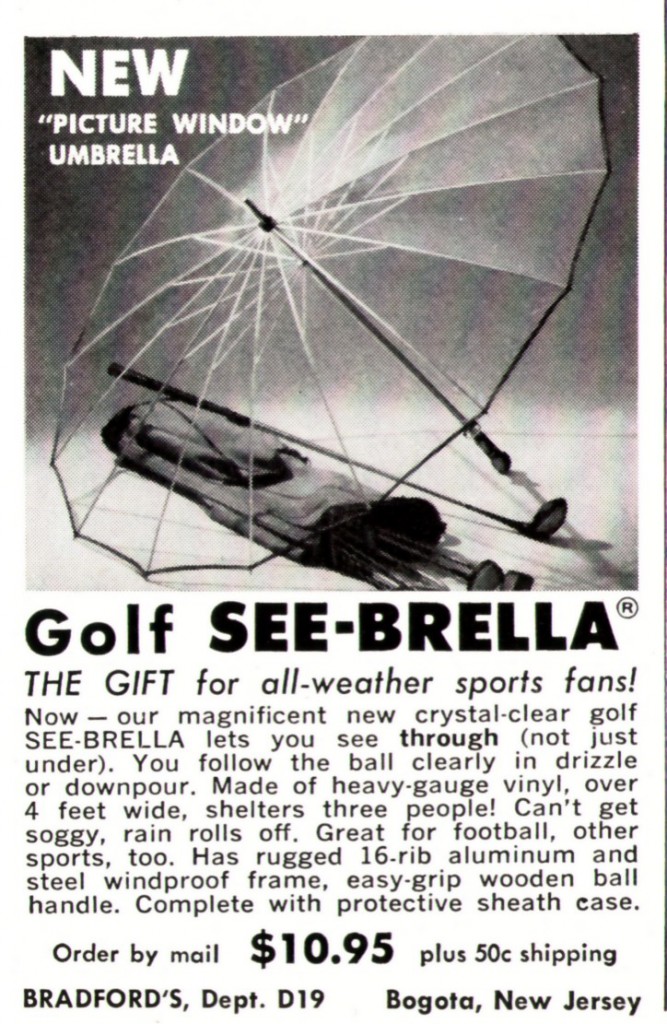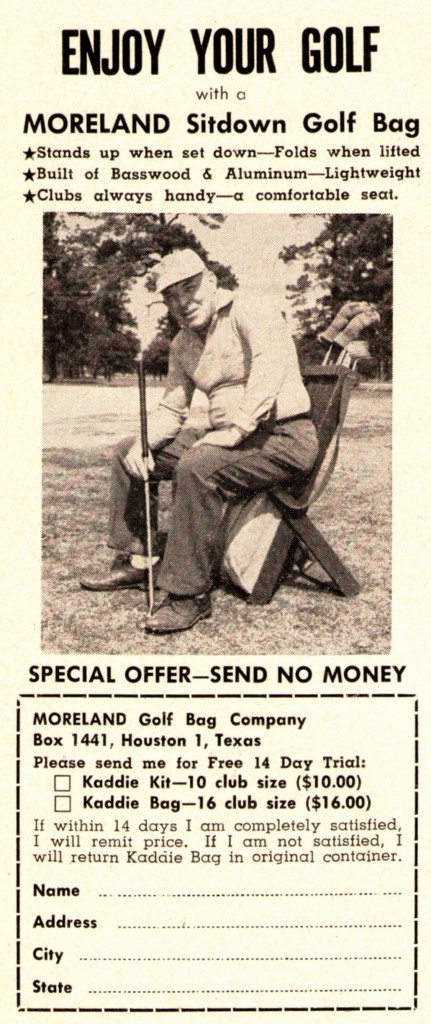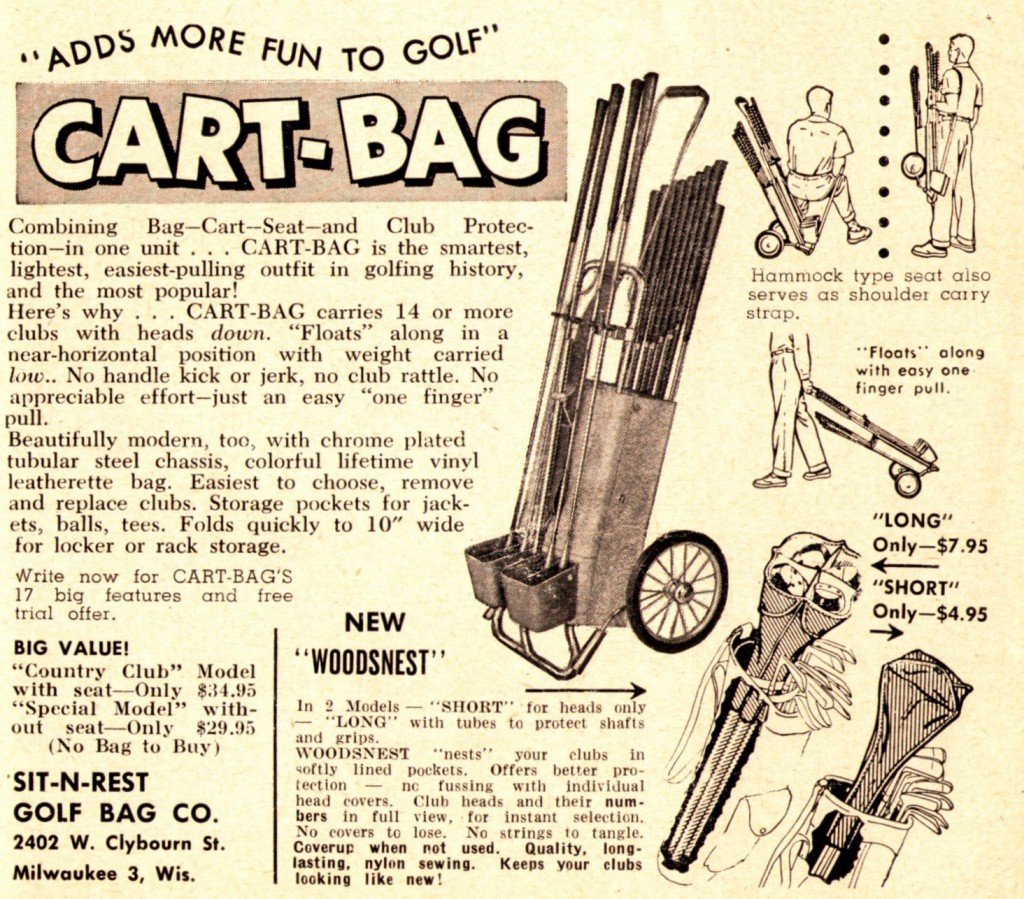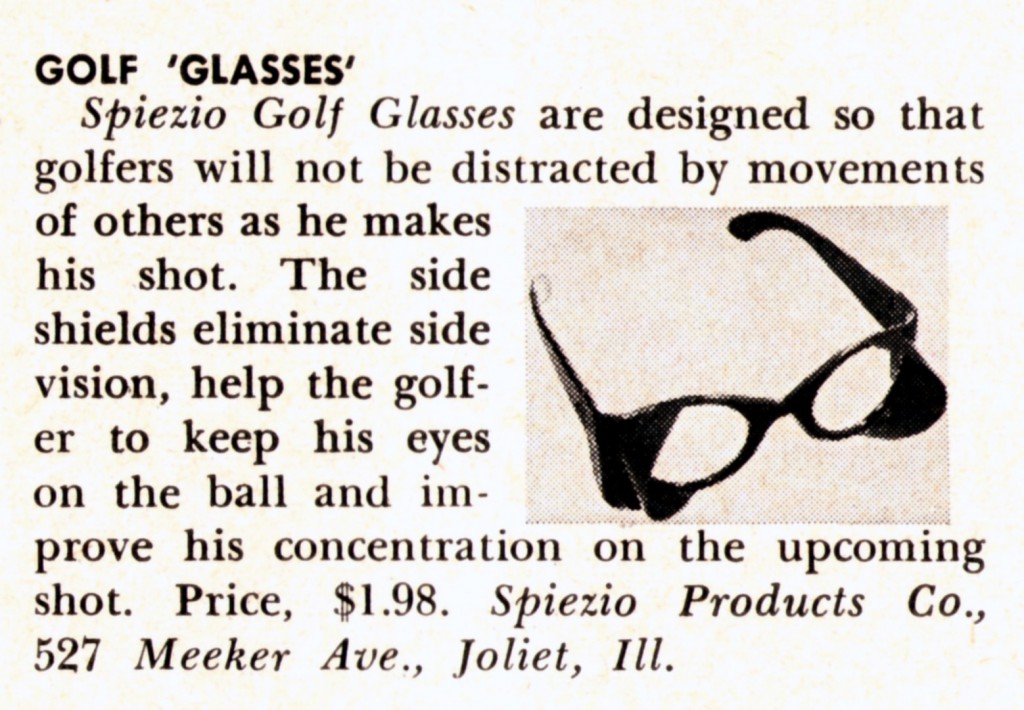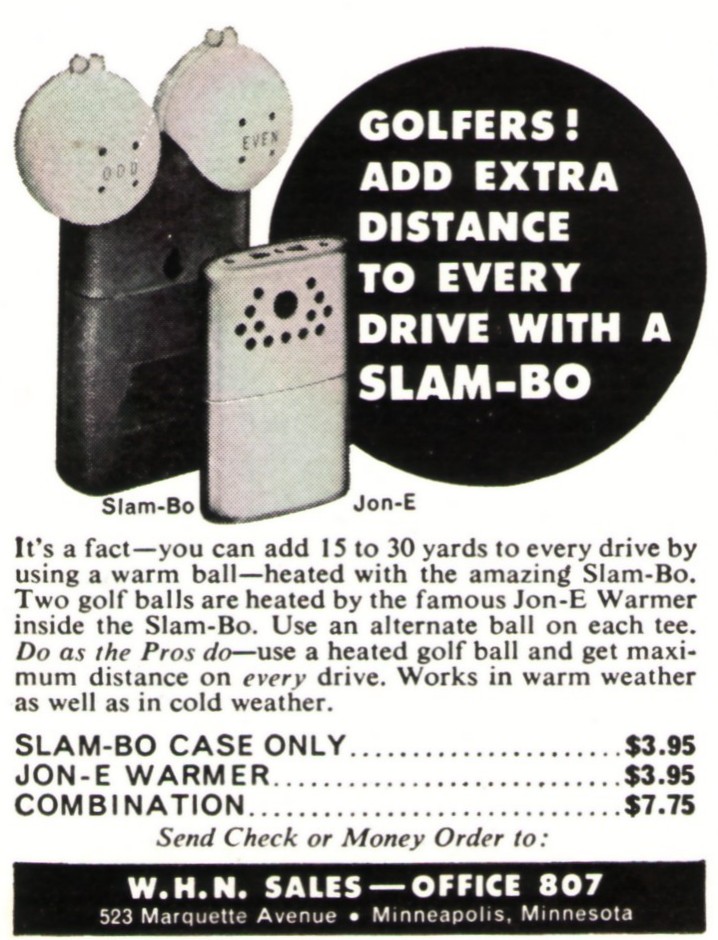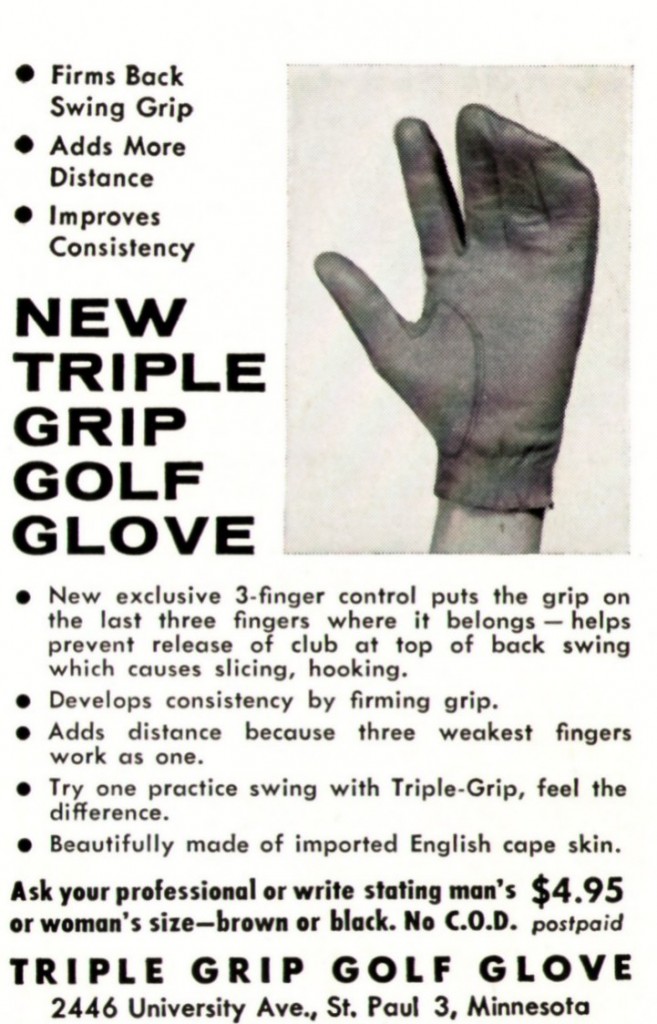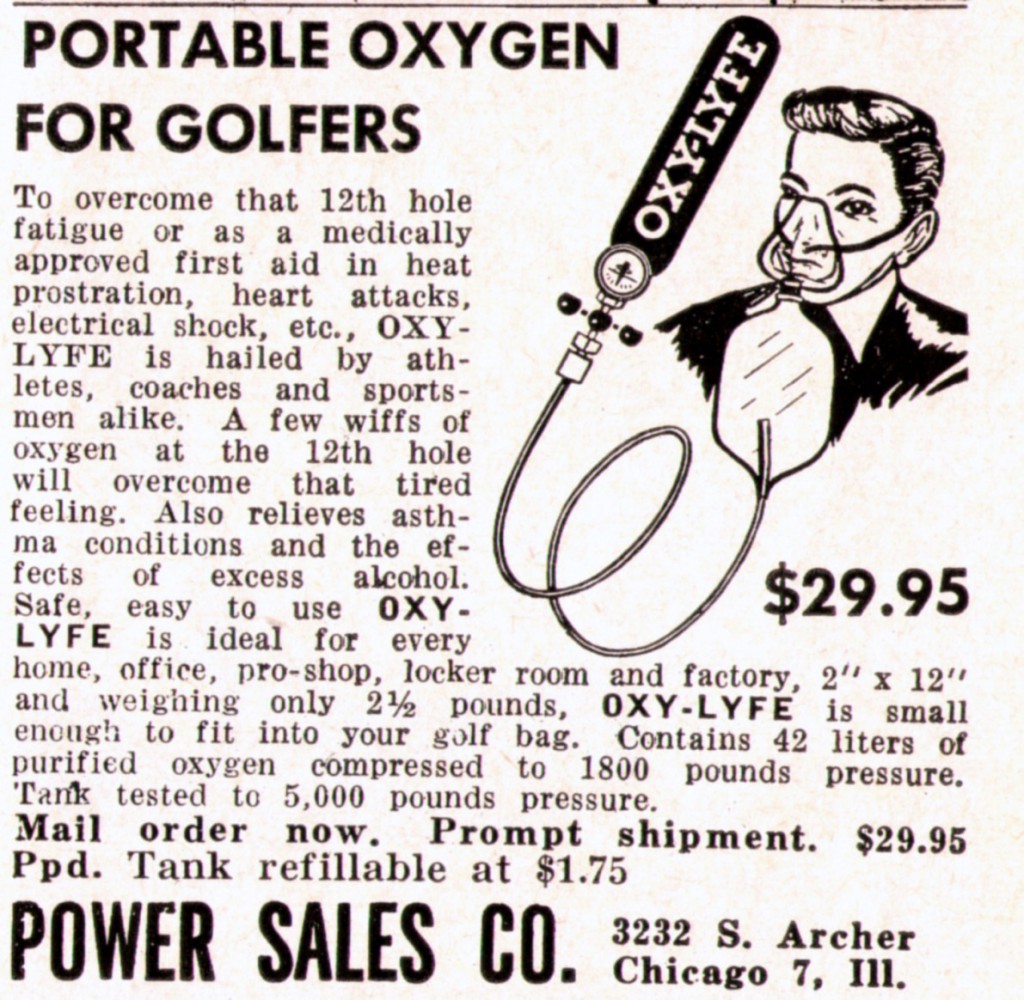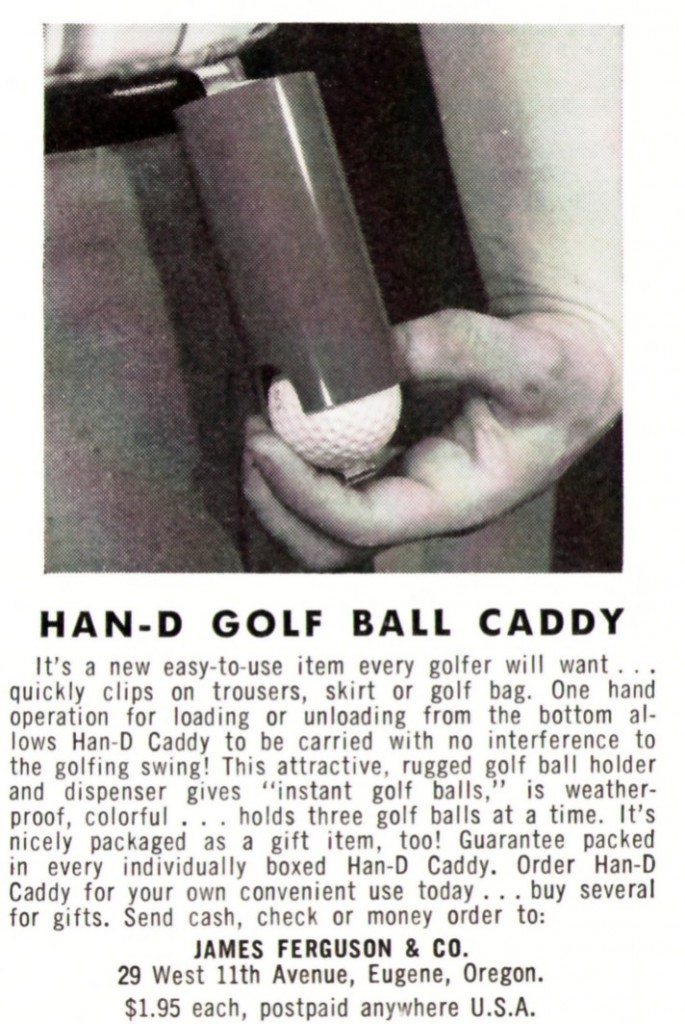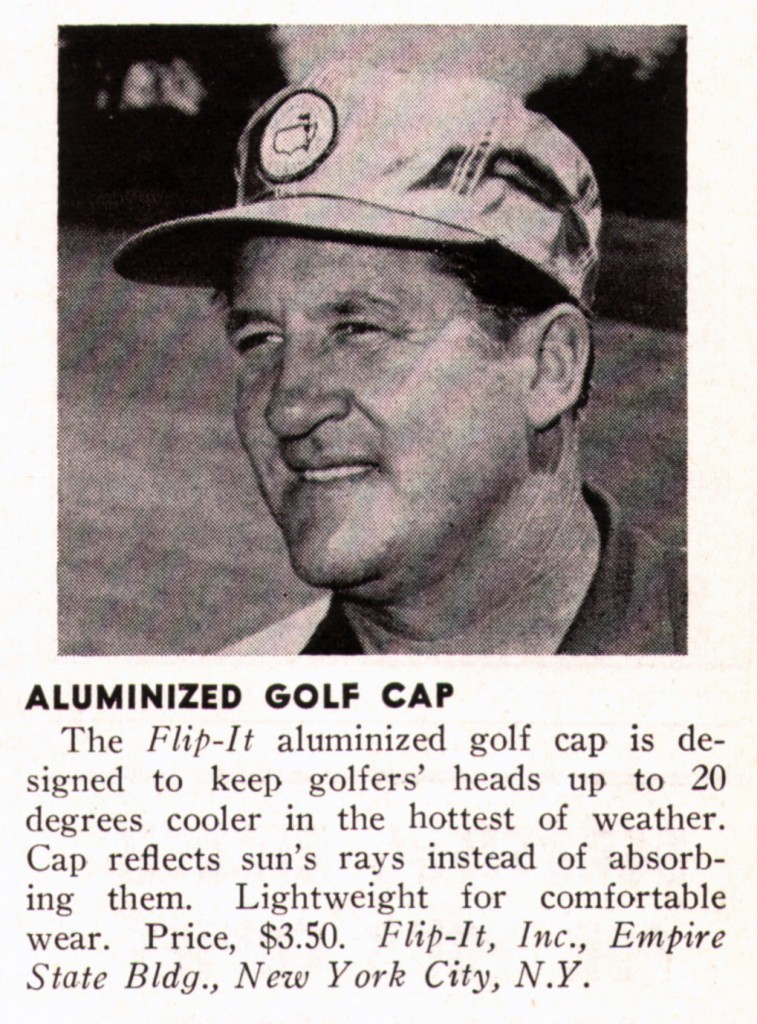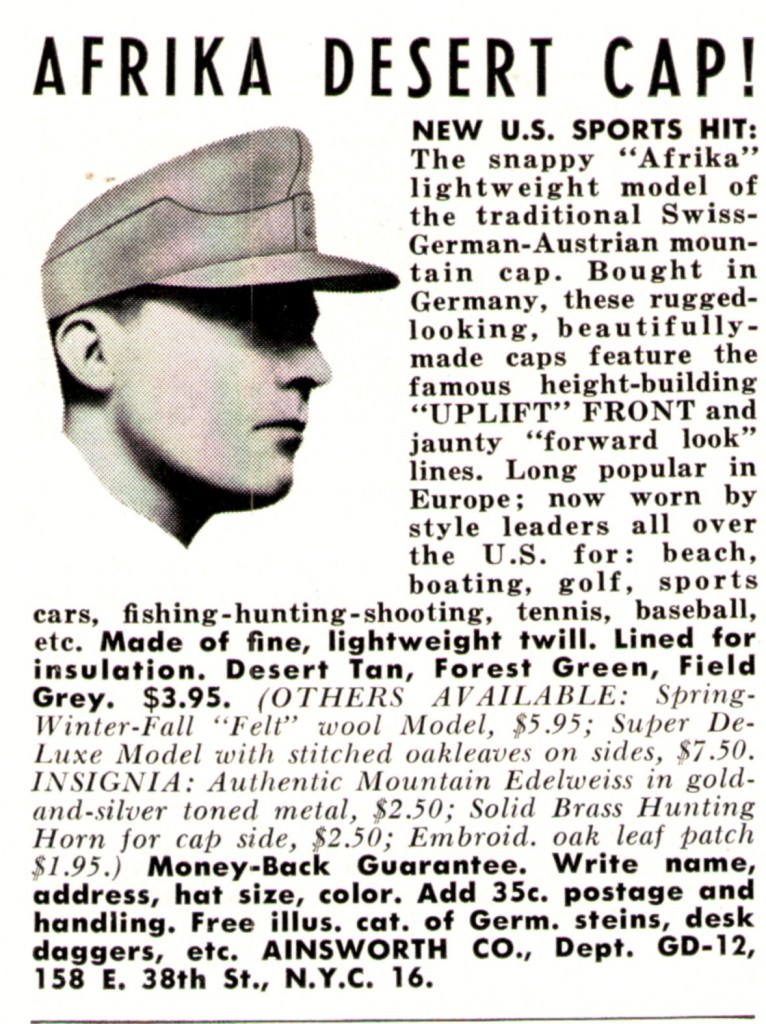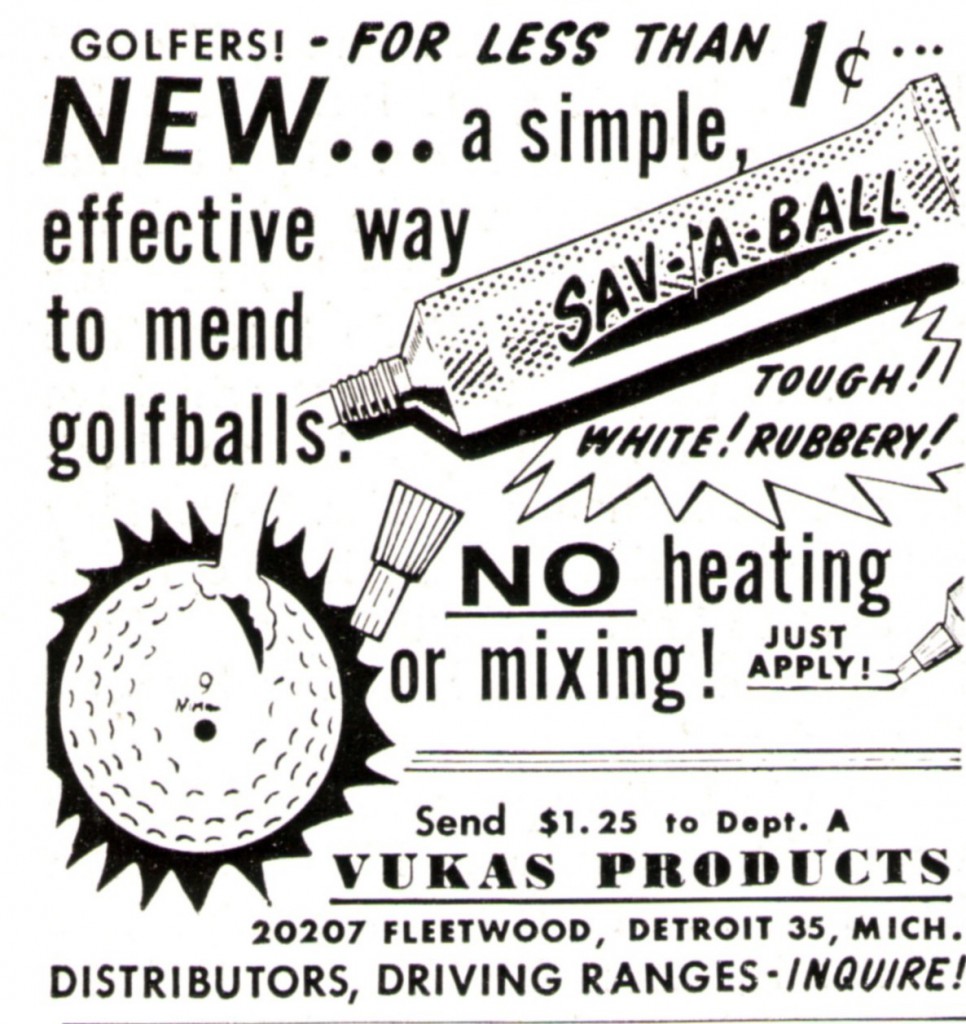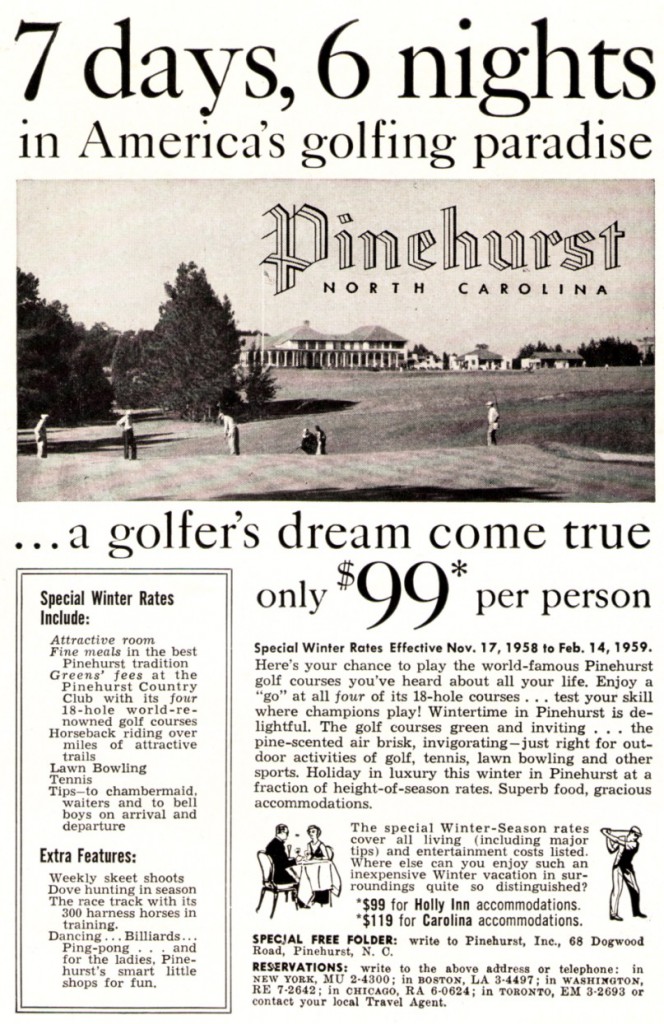
In 1981, the host of To Tell the Truth was Robin Ward, who is considered by some to be second only to Alex Trebek among U.S. game-show hosts born in Canada in the 1940s.
In 1981, I was a contestant on the television show To Tell the Truth. I had just written a book to which Barry Manilow had optioned both the movie and the song rights. (The book, called High School, was about a semester I’d spent pretending to be a senior at a large public high school in Connecticut—a stunt for which, if you tried it today, you’d probably end up in prison.) On the show, only one of the panelists—Kitty Carlisle Hart—picked me as the non-impostor. My co-contestants and I fooled Nipsey Russell, Rex Reed, and an actress named Marcia Rodd, and we each received a hundred dollars, a case of Quaker State motor oil, and a fifty-dollar gift certificate from Kinney Shoes, a national chain that’s now (deservedly) defunct. I couldn’t find shoes I liked at Kinney, so I used my certificate to buy fifty pairs of tube socks.
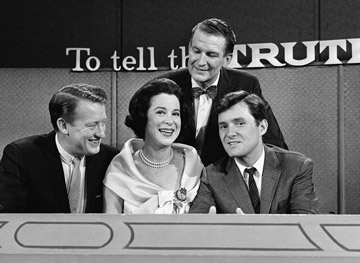
Kitty Carlisle and her fellow cast members Tom Poston, Bud Collyer, and Orson Bean, during the show’s golden age. I used to love to watch To Tell the Truth, along with practically anything else, when I was home sick from school.
Those Kinney socks, which were calf-height and had colorful stripes near the top, lasted me almost a decade—although for several years near the end I wore them only under jeans, so that no one would see them. Nowadays, hardly anyone wears tube socks, unless they’re participating in one of the tall-sock sports, like rugby, or they’re trying to be funny, like these members of the University of North Carolina women’s golf team:

This photograph appeared originally in Golfweek.
My brother used to belong to a country club that didn’t allow men in shorts to play golf in socks that ended at or below the ankle bone. I was unaware of the rule but I did deduce its existence one day when I played there in quarter-height socks, which I had bought at the Gap. I noticed (first) that a surprising number of people in the clubhouse were staring at my feet and (second) that every male golfer I saw on the course was wearing crew socks, which were otherwise out of fashion with shorts. It was like a Star Trek episode in which a planet’s inhabitants look and act almost exactly like humans, but not quite. I deduced, furthermore, that my socks must be just tall enough to be considered borderline compliant, because, despite all the staring, no one asked me to change.

Fifty years ago, during the era of pulling pants way up, my father and his friends played golf in Izod socks like the ones these guys are wearing. (The pictures ran in Golf Digest in the early 1960s.) I had a pair, too. They didn’t stay up very well, among other undesirable features.
My brother used to satisfy his club’s sock-height requirement by wearing Wigwam all-wool crew socks, which he claimed were self-laundering. (He kept them in the trunk of his car, along with his golf shoes and his clubs, and believed that the high temperatures had a sanitizing effect.) He continued to wear crew socks with shorts while playing golf for several years after joining a different club, out of habit, but eventually he came around, and now he wears normal, short golf socks. I got a little worried this past summer when I spotted a young guy in shorts at my own club wearing old-man-taking-his-grandchildren-to-Disney-World socks. (See photo below.) I thought, “Crap—are sock styles changing again?” But now I think it was just a fluke.
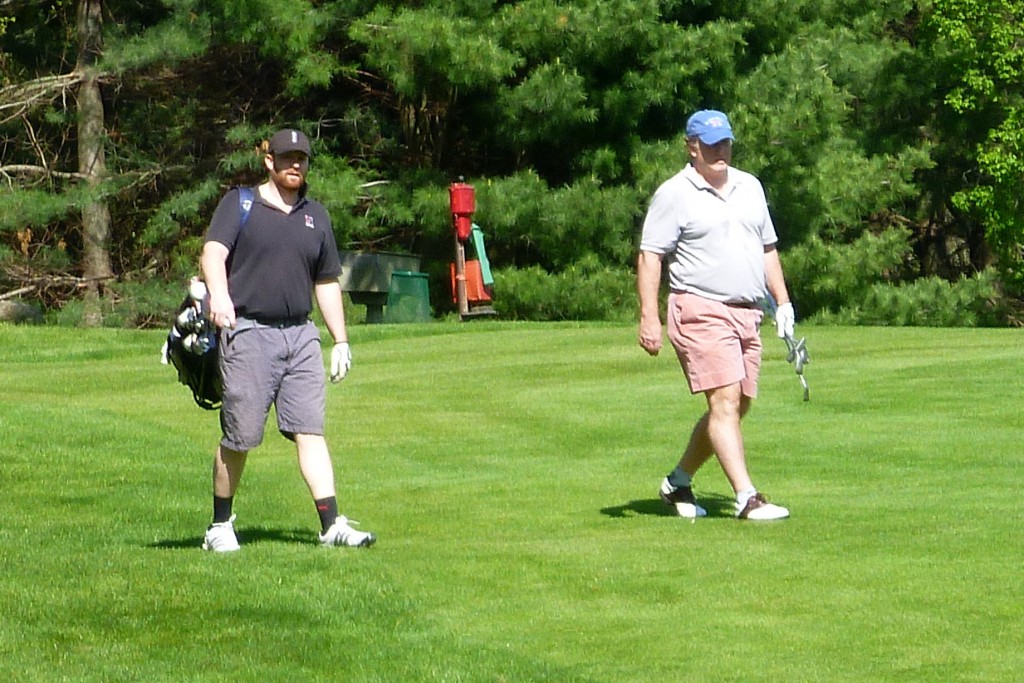
Are the ugly black socks on the young guy on the left a harbinger or a fluke? I’m hoping fluke.
When my kids were little, my wife and I got lazy about putting away laundry. We kept everyone’s socks in a single basket, like fruit in a cafeteria, and when any of us needed socks we would pick through the basket. There were always so many orphan socks that only about a third of the total were available for use at any one time. (The orphan socks accumulated at the bottom of the basket. They were like the big pieces of lettuce under the fruit salad which you aren’t supposed to eat.) Life at our house would have been simpler if we all could have agreed on a single color, style, and size. Now that the children have grown up and moved away, I have tried to institute a similar system for myself, with some success, by severely streamlining my own sock choices. I now have just two kinds of golf socks: quarter-height black ones, which I wear with shorts, and crew-height black ones, which I wear with long pants and which can pass as regular socks when I travel. The taller ones, which are nice and thick, are made by Thorlos. I bought them from Zappos.com. The short ones, which I bought from the Gap, apparently aren’t made anymore, if the Gap’s website is to be believed.
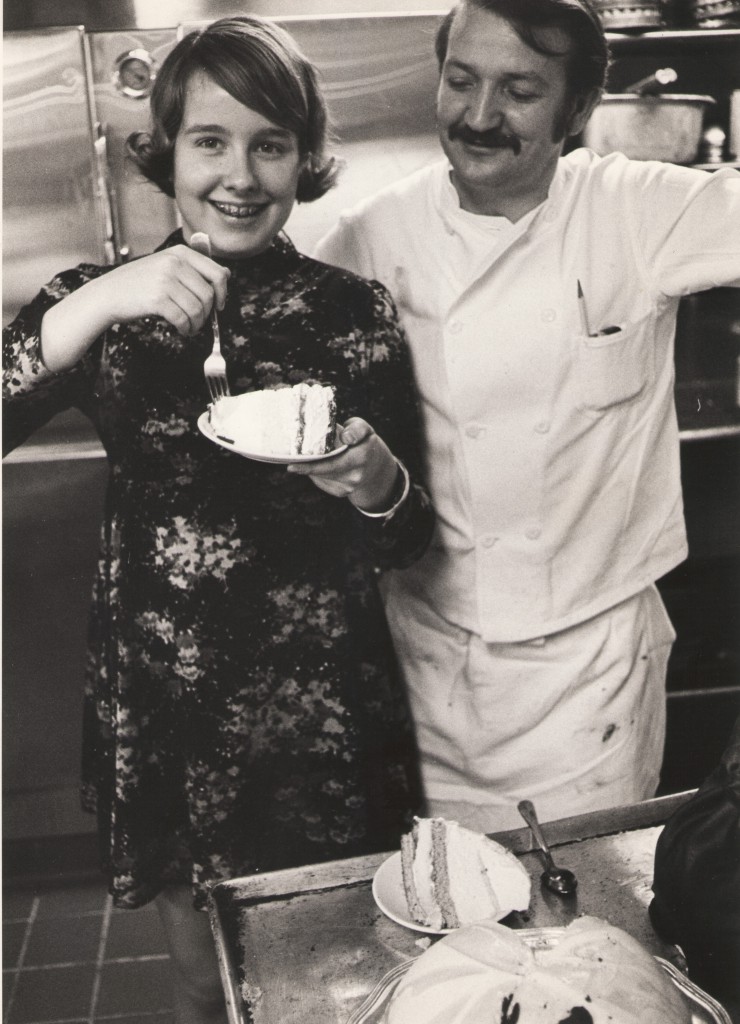
My wife in the kitchen at Four Seasons, in New York, in 1970, when she was fourteen.
Here’s an example of the cruelty of fate: when my wife, Ann Hodgman, was in ninth grade, Seventeen Magazine named her Teen Gourmet of the Year. They flew her to New York, and she got to hang around the magazine’s offices and the kitchen at Four Seasons, where she met the chef. After she’d flown back home, she was invited to return to New York and be a contestant on To Tell the Truth—and her parents said no. As a result, she and I missed a chance to be one of what must be a vanishingly small number of married couples who have both appeared on To Tell the Truth, albeit in different decades. What if Kitty Carlisle had picked her out, too? Alas, we’ll never know.

Hillside Golf Club, which is next door to Royal Birkdale, in Southport, England, is one of the few golf clubs where my Kinney tube socks, if I still owned any of them, would be considered too short.
